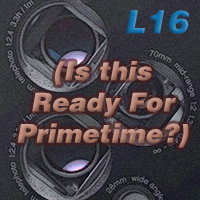Have you seen the Light? (Is the Light L16 really ready for primetime?)
posted Monday, October 23, 2017 at 5:18 AM EST
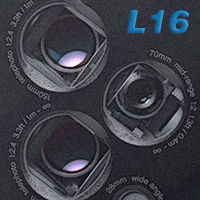
As a review organization, we’ve seen our share of camera models amply hyped by the manufacturers and the marketing engines they hire to spread the word, but we don't think we've ever seen anything hyped quite as much as the Light L16, a camera using complex algorithms to combine the output from 16 tiny-sensor cameras into one large, high-resolution image. From the media outlets in the photography world all the way to the Wall Street Journal, it's been touted and discussed and touted some more, with the hype and promotion extending back several years now.
Earlier this year, retail versions of the L16 finally began making their way into the hands of pre-order buyers, and images have now begun to circulate around the web. According to an article in July by DPReview, Light offered this reason for the long delay in bringing the unit to market: "Our standards are extreme—they have to be if we are truly reinventing the camera -- and we hope you can understand why it’s taken so long for the L16 to reach the high bar we’ve set for ourselves."
The fabled "DSLR Killer"
From the beginning, Light has touted their technology in general and the L16 in particular as a "DSLR killer." You can see this (and hear some deeper details about their technology) in Dave Etchells' interview with Light's CEO and CTO from a few years back here.
Deep details aside, the most important thing to emerge from that interview is that Light claims that their camera will take on (and eventually take down!) higher-end cameras with larger sensors. We were naturally intrigued by this bold statement and prediction, not only as camera testers but also as photographers ourselves. After all, few people actually prefer bulky gear; the growing popularity of smaller mirrorless cameras (and smartphones) is clear evidence of that.
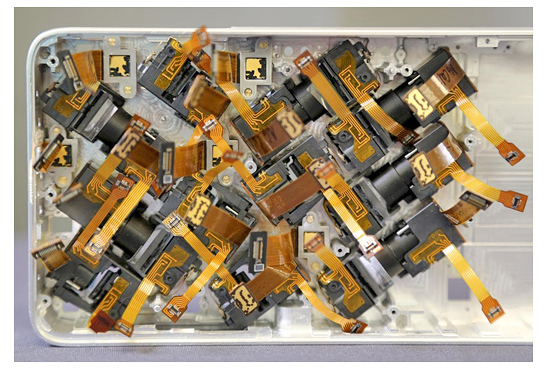
But every serious photographer that I know craves image quality first and foremost and is usually willing to put up with hauling an arsenal of competent imaging gear in order to assure this. Then, of course, there's the desire for things like fast/accurate autofocus and burst performance to capture those quality images in the first place. Indeed, performance and image quality are the two primary things we test on any camera that comes through our door, often the very day it arrives! And while we have not yet been able to have hands-on with an L16 sample, the folks at Light have now posted several high-resolution image samples, and a few L16 owners around the web have done so as well.
Image analysis from Light's own published images
Lacking our own tests, we decided to take a closer look at the images that Light themselves have posted, and we, unfortunately, found them significantly lacking. The two images we'll examine below are both full sun, wide-angle shots -- traditionally considered the easiest subject matter for a camera to capture. As you'll clearly see, both contain odd artifacts that go beyond simple noise or lack of detail. Being published by the company themselves, we naturally presume that these are the best the camera is capable of achieving at this time.
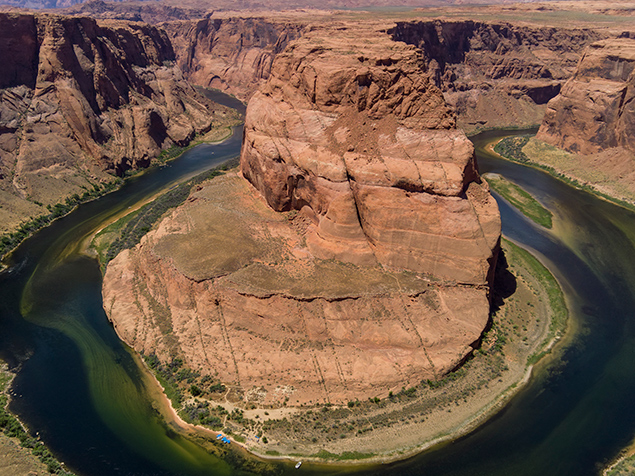
1/4700s / f/15 / ISO 100 / 28mm eq.
(9381px x 7036px)
The image above of the famous Horseshoe Bend area just north of the Grand Canyon in Arizona is certainly pleasing to look at, at this low web resolution. We can see plenty of detail in the image, as we'd certainly expect given that the original image is about 66MP. Closer inspection, however, tells a different story, and we'll take a look at three areas of the image at 1:1 below.
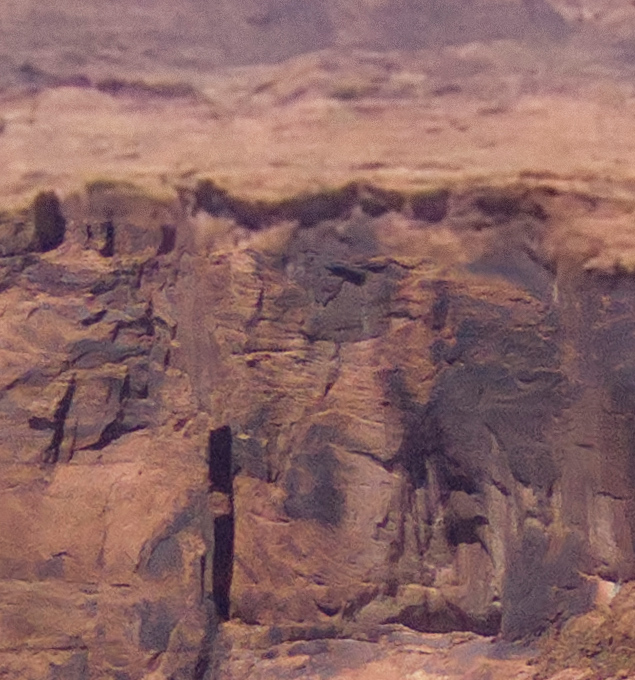
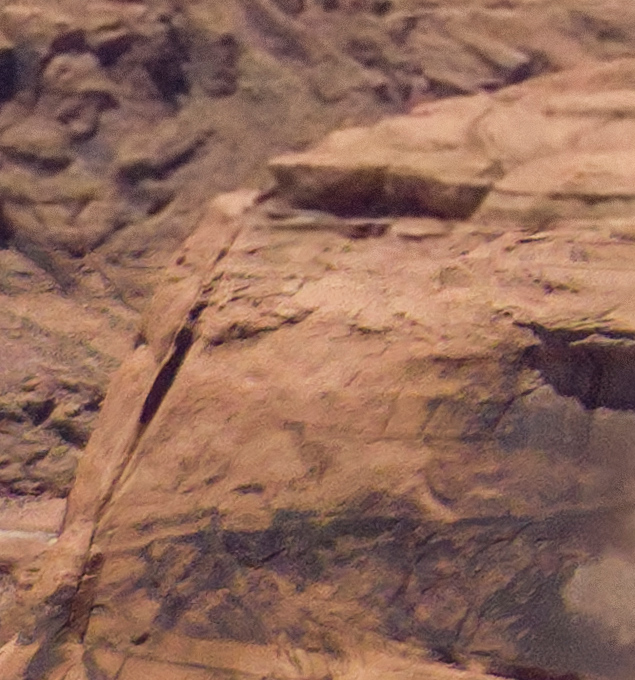
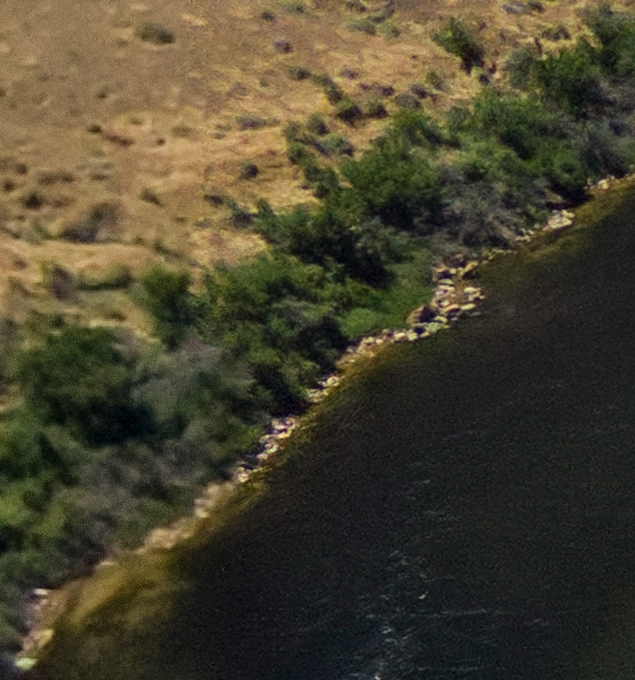
Let's take a look at another full resolution image from their site, this time one that includes both a foreground object and a distant background.
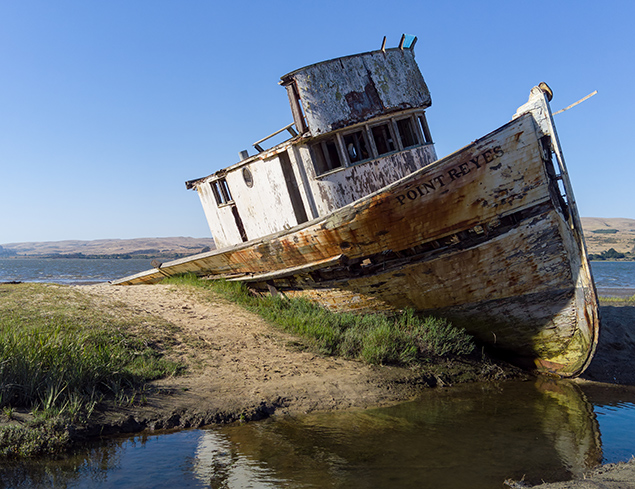
(EXIF data unknown)
(8595px x 6447px)
As with the image of Horseshoe Bend, the above image looks just fine at a general web resolution. Let's take a closer look at what's going on with the image where it counts.
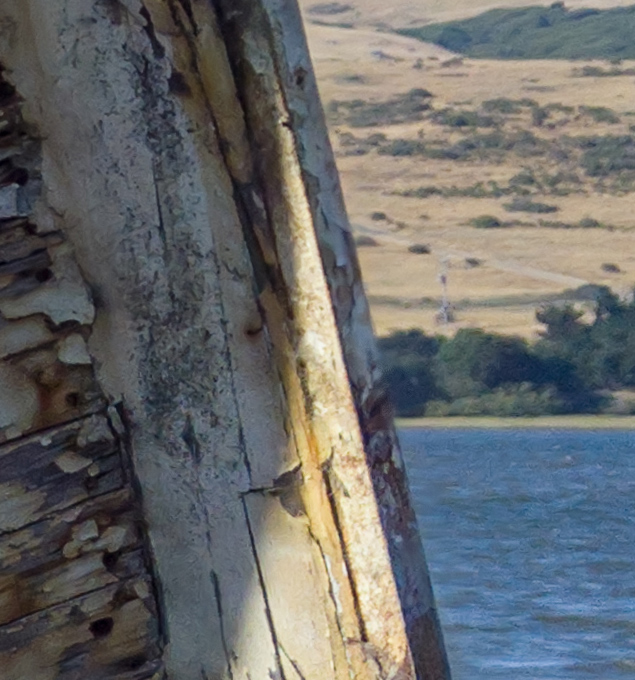
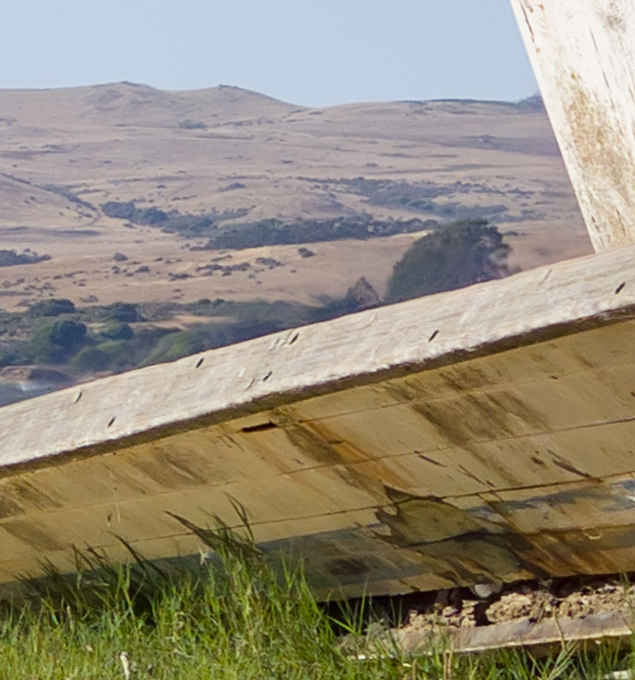
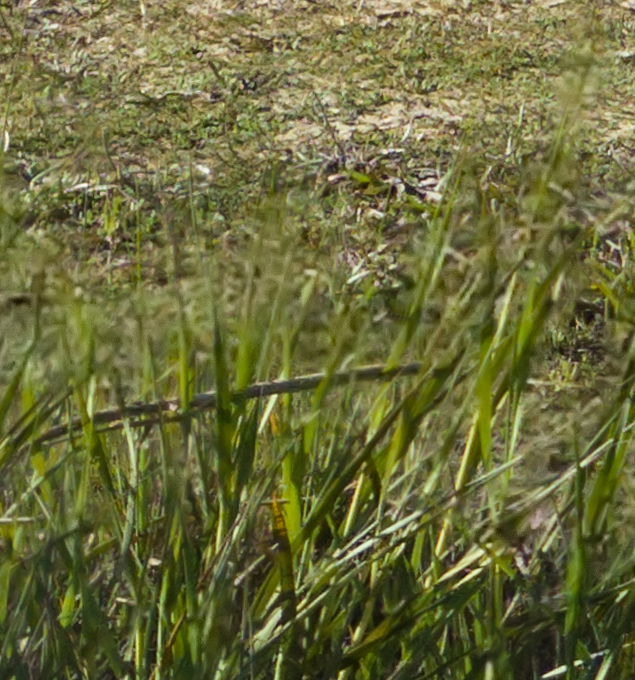
The common theme of the issues we see in these images is, unfortunately, something beyond minor processing errors. The camera doesn't seem to be able to accurately gauge depth at a level commensurate with subject detail, and therefore seems to "guess" when it's not sure. The guesswork comes across as smearing, often in bands. It appears in certain areas during obvious depth transition, but other times for no apparent reason. (Which raises the question that it may not be an issue of depth interpretation, but just problems in merging images from multiple cameras shooting at multiple focal lengths.) Unnaturally smeared bands such as these can affect images even if just printed at 8 x 10-inch size, especially in areas like the foreground grass from the shipwreck.
We can't say for certain just how difficult a problem this might be for them to fix since this is arguably new technology. Is it a matter of the algorithms simply being too complex to be implemented in a portable device? Or is it a matter of the basic technology not being up to the task as claimed?
FWIW, Light said early on that some particularly sophisticated forms of processing, involving artificial enhancement of depth of field, would require a host computer to execute successfully, post-exposure. But at least some of the issues we've identified don't seem to have anything to do with depth calculations, but rather problems with simply integrating multiple shots at varying angular resolution into the same image. This seems fundamental, and we never heard anything from Light to the effect that in-camera images would have these sorts of limitations.
We’ll surely be criticized by some for these observations as mere “pixel-peepers,” but all those pixels would normally allow a photographer the luxury of cropping before posting an image online or in print. A generous amount of resolution also allows for large prints, and if images from a camera are prone to artifacts of the sort that we've now seen, they'd surely be noticeable in that use case. The bottom line is that if you spend this much on a camera, you have a right to expect a clean 17 x 24-inch print.
Above all, it's important to evaluate the L16's performance relative to Light's own hype and claims for it. They themselves talked of this as the end of the DSLR, and they have very directly compared it with a Canon 5D Mark III and a collection of prime lenses. Take a look at the images they've posted, and ask yourself if the results are even within shouting distance of that claim. (And also note that all the full-resolution images that have been posted so far were shot in full sunlight. Does anyone care to guess how after-dark shots might compare with those from a 5D Mark III?)
A year later and $700 more
Light originally touted a retail price of $1299, but that has now risen to $1950. For the sake of argument, let's call it an even $2000. To put that into perspective, it's the same price as our 2016 Camera of the Year, the Olympus E-M1 Mark II (although that's admittedly body-only). It's also the price of the full frame Canon 6D Mark II, body only. That's also about $150 more than a Sony A7 Mark II with a 28-70mm lens. Not quite the same focal-length range as the L16 offers, but the A7II's image quality clearly blows anything we've seen from the L16 thus far into the tall weeds.
If the L16 is ever going to have any chance of competing against the likes of cameras like these, or even many cameras costing far less, it will need to address the issues shown above or it simply won't be taken seriously by enthusiast photographers. We can certainly hope that Light's image processing improves over time, but we’ve also seen that processing alone can only go so far in repairing artifacts and eliminating noise. We'd be happy to be proven wrong, but what we're seeing in many L16 images to date seems tied to fundamentals of their approach, rather than being amenable to firmware fixes.
Dedicated photographers spend more than just their money -- they spend tremendous amounts of time learning their craft, practicing, and often traveling great distances to capture stunning shots. They want and need to be wowed not just by what they see on their computer screens, but in the printed imagery that follows and that they extend to their comrades and their paying clients.
At this point in time, the images we've seen thus far from the Light L16 are a far cry from passing the wow-test.
[Co-written with Dave Etchells]

